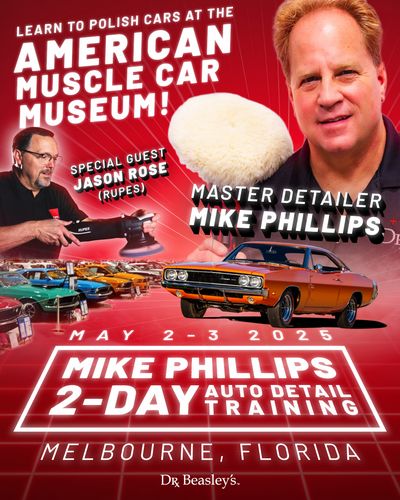You're tackling what is easily one of the most difficult repairs in the industry.
My best suggestion is to do your best to isolate all the sanding on the touch-up paint and avoid sanding on surrounding paint.
I have the Eagle Abrasives by KOVAX Toecut Kit and it works really well for isolated sanding. Mostly use to remover runs and sags, but same principals would apply here.
Tolecut PSA 8-Cut Block Sanding Sheets Job-PAK
The reason why you want to avoid sanding on the surrounding clearcoat paint is because the factory paint will tend to be harder than the touch-up paint.
This means, when you go to buff out sanding marks, the sanding marks in the touch-up paint will buff out fast because compared to the factory paint, it's going to be soft.
Now you'll be stuck with sanding marks surrounding the touch-up paint. As you continue to buff and buff, you'll heat the area up and often times simply yank the touch-up paint out of the repair or buff it off the car.
You can even try to place some thin painter's tape on the sides of the repair when you're sanding.
Also consider using a 1" microfiber pad on a tool like the RUPES Nano or FLEX PiXiE - both in Rotary Mode to remove the sanding marks out of the touch-up paint.
Again, the idea being to keep the "action" on the touch up paint alone and avoid buffing on the factory paint until the majority of sanding scratches are removed from the touch-up paint.
I have a similar type of scratch in an Electric Ford F150 I've been asked if I can fix it? I haven't answered yet. This type of work is more difficult than most people know.
Mike











